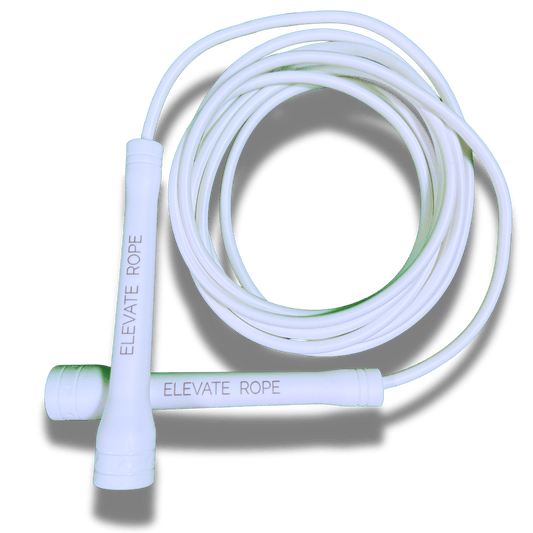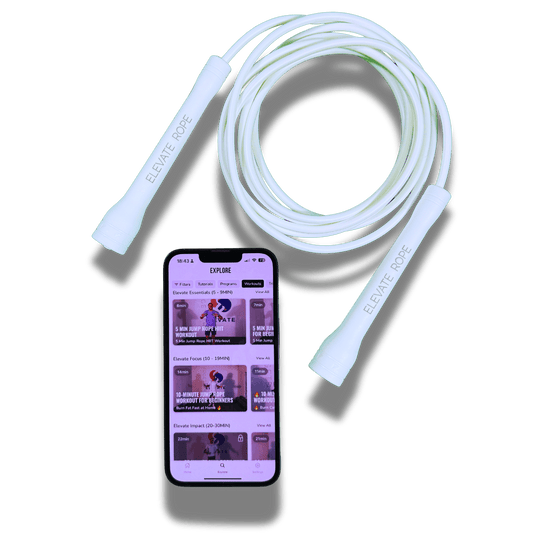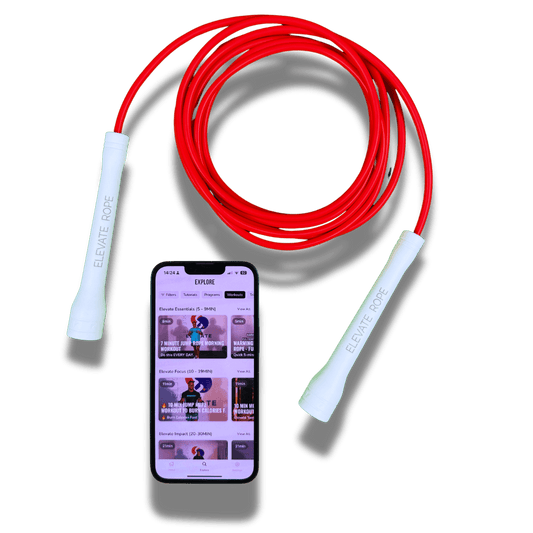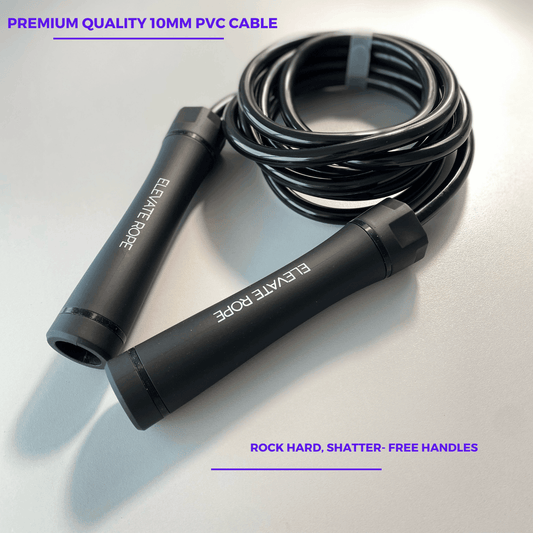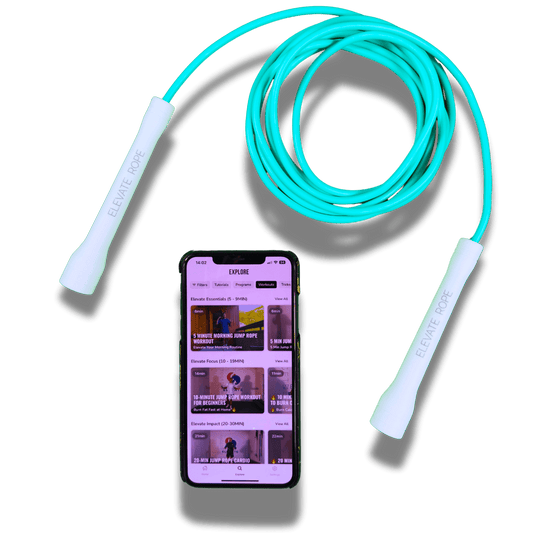Healthcare facility staffing plays a crucial role in improving patient care, staff satisfaction, and overall operational efficiency. Healthcare facilities are increasingly using data, technology, and innovative staffing solutions to enhance operations and deliver better patient outcomes.
Advanced analytics and workforce management systems allow administrators to allocate staff effectively to meet patient needs. Additionally, flexible scheduling and employee involvement in planning boost morale and make it easier for organizations to respond to fluctuations in patient volume. Strategic use of staffing agencies and float pools also strengthens healthcare facility staffing, ensuring consistent quality even under high demand. Combined with continuous training and development programs, these strategies form a strong foundation for high-performing healthcare teams.
Utilizing Data and Technology
Modern HFS relies heavily on data and technology to optimize workforce efficiency. By analyzing electronic health records, patient flow data, and historical staffing trends, managers can assign the right staff to the right departments at the right time.
Predictive analytics—offered by platforms like mascmedical.com—enable hospitals to anticipate patient demand and make proactive adjustments to their staffing levels. Workforce management tools further streamline scheduling, ensuring the right mix of skills is always available. These data-driven approaches significantly enhance both patient care and organizational efficiency.
Implementing Flexible Scheduling
Flexible scheduling has become a cornerstone of effective HFS. It allows hospitals and clinics to balance staff preferences with fluctuating patient needs.
Offering part-time shifts, self-scheduling, or staggered hours helps retain staff and reduce burnout. Flexible scheduling empowers healthcare professionals to maintain a healthy work-life balance while enabling organizations to react quickly to changes in patient flow. When employees participate in scheduling decisions, it builds trust, accountability, and long-term engagement—key components of successful healthcare facility staffing strategies.
Leveraging Staffing Agencies and Float Pools
Partnering with staffing agencies and maintaining float pools are essential tools for optimizing HFS. These resources help healthcare organizations respond to sudden absences or surges in patient demand without compromising quality.
A reliable float pool or staffing agency ensures that qualified professionals are always available to step in when needed. This flexibility enhances operational resilience, reduces stress on regular staff, and ensures continuous, high-quality patient care. Effective use of these external resources strengthens a facility’s ability to maintain stable operations during peak periods.
Providing Ongoing Training and Development
Continuous professional development is a crucial part of sustainable healthcare facility staffing. Training programs, certifications, and workshops keep healthcare professionals updated on the latest medical advancements and technologies.
This commitment to ongoing education boosts staff confidence, competence, and overall job satisfaction. Well-trained healthcare workers can adapt quickly to changing environments and deliver better patient outcomes. Investing in employee growth also helps organizations cultivate a culture of excellence and long-term loyalty.
Conclusion
Optimizing HFS, requires a balanced approach that combines data-driven decisions, flexible scheduling, external staffing support, and continuous employee development.
While analytics and technology streamline workforce planning, flexible scheduling increases satisfaction and retention. Staffing agencies and float pools strengthen resilience, ensuring quality care even during high-demand periods. Finally, ongoing training empowers staff to perform at their best and adapt to evolving healthcare challenges.
Together, these strategies create a responsive and efficient healthcare facility staffing system that benefits both patients and providers—building a stronger, more sustainable healthcare environment for the future.
Featured image attributed to Unsplash.com
Enjoy this Article? You May Also Like:
- Preventing Common Jump Rope Injuries: Tips for Safe and Effective Workouts
- Mind & Muscle: How Physical Fitness Can Improve Focus for Licensing Exams
- Fat Freezing: How It Works and What Results You Can Expect
- How Fitness Apps Are Targeted by Cyber Threats—and How to Stay Safe
- How Regular Exercise Can Help Improve Injury Recovery After Accidents





